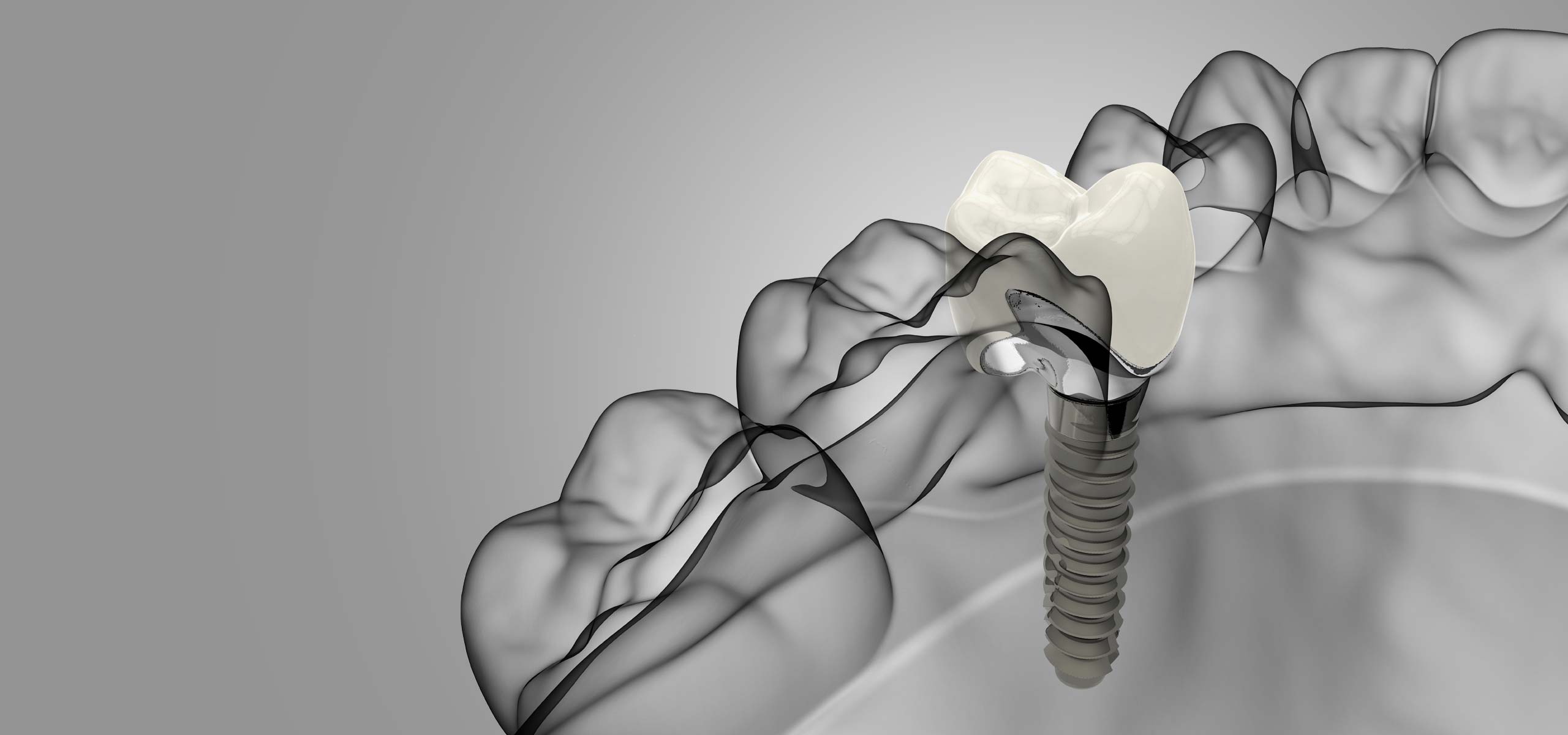

Bone Deficiency in Implant Treatment: Causes, Solutions, and Process
Bone deficiency is a common condition in individuals considering dental implant treatment and can complicate the overall process. In such cases, bone grafts and bone powders play a critical role in enabling successful implant placement. However, there are many important aspects of these procedures that patients should be aware of. This article covers everything you need to know—from the causes of bone deficiency to the treatment stages.
What Is Bone Deficiency?
Bone deficiency refers to the lack of sufficient jawbone tissue needed for dental implant placement. This is crucial because without adequate bone, the implant cannot remain stable or integrate properly. In cases of advanced bone loss, bone augmentation becomes a necessity for a successful implant outcome.
What Causes Bone Deficiency?
There are multiple factors that contribute to bone loss, most of which relate to lifestyle or health conditions. The main causes include:
-
Periodontal Diseases: Gum diseases can lead to progressive jawbone loss.
-
Trauma: Accidents or injuries may damage the bone structure.
-
Long-Term Tooth Loss: When a tooth is missing for a prolonged time, the surrounding bone can deteriorate.
-
Aging: Natural bone density tends to decrease with age.
-
Genetic Factors: Some individuals may have naturally weaker or less dense bone structure.
How Is Implant Treatment Performed in Bone Deficiency Cases?
With advancements in dental technology and surgical techniques, implant treatment in patients with bone deficiency has become feasible. The treatment process typically involves the following stages:
-
Patient Evaluation
Radiographic imaging such as panoramic X-rays or CT scans is used to assess bone density and quality. -
Bone Grafting
When bone density is insufficient, bone graft material is applied to the deficient area to promote new bone growth. -
Use of Bone Powders
Bone powders are grafting materials that help regenerate bone more quickly and effectively. -
Healing Period
A healing period of 3 to 6 months is generally required for the grafted bone to integrate and become strong enough to support an implant. -
Implant Placement
Once healing is complete, the implant is placed under local anesthesia. Most patients return to daily activities shortly afterward.
How Is Bone Grafting Performed?
Bone grafting is a procedure used to promote the growth of new bone tissue where there is a deficiency. Types of grafting materials include:
-
Autografts: Bone harvested from the patient’s own body (commonly from the jaw or hip).
-
Allografts: Donor bone sourced from another human.
-
Xenografts: Bone material derived from animals (usually bovine origin).
-
Synthetic Grafts: Lab-produced biocompatible materials.
During the procedure, graft material is placed in the deficient area and covered with a protective membrane, initiating the healing process.
When Are Bone Powders Used?
Bone powders are commonly used in the following situations:
-
Minor bone loss correction
-
Preserving bone volume after tooth extraction
-
Increasing jawbone volume before implant placement
-
Supporting larger bone graft procedures
One of the main advantages of bone powders is that they are easy to use and typically promote a faster healing process.
How Should the Implant Process Be Managed in Bone Deficiency Cases?
In cases of bone deficiency, implant treatment must follow a carefully planned approach:
-
Accurate Diagnosis:
The success of the treatment depends on a precise diagnosis using detailed imaging techniques. -
Working With an Experienced Team:
The skills and experience of the dental surgeon and their team significantly impact success rates. -
Comprehensive Planning:
All bone augmentation procedures should be planned and customized before implant placement. -
Post-Operative Monitoring:
Regular check-ups after the procedure ensure long-term implant success and early detection of potential issues.
Bone deficiency, though a potential challenge in implant treatment, can be effectively managed through modern dental techniques. With the help of bone grafts, bone powders, and other innovative procedures, even patients with minimal bone can undergo successful and long-lasting implant treatment.
For more information and a personalized treatment plan, feel free to contact us.
